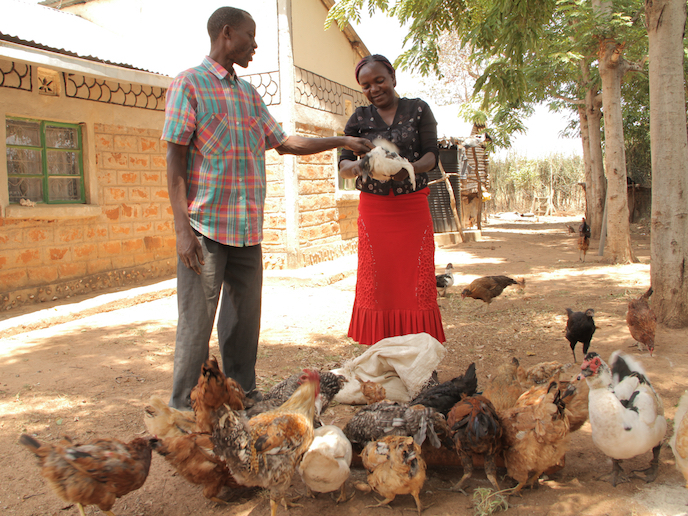Improving food and nutrition security in Africa
Nearly 80 % of Africa’s food supply is produced by small farms. But to feed Africa’s growing population, these same farms will need to increase production by 70 %. “The real challenge is that small farms in Africa have some of the lowest crop yields in the world,” says Udaya Sekhar Nagothu, a senior researcher at the Norwegian Institute of Bioeconomy Research(opens in new window). According to Nagothu, this is the result of several factors. On the one hand, there are socio-economic factors like urbanisation, poverty and malnutrition. On the other are environmental issues such as climate change, extreme weather events, and land degradation. Added to this is the fact that African small farmers tend to have limited access to the quality seeds, sustainable fertilisers, advanced equipment and market intelligence that the rest of the world takes for granted. “While many other parts of the world have seen rapid progress in the agricultural sector, the situation in Africa has been different as farming is mostly of subsistence in nature and rather low-tech,” adds Nagothu. With the support of the EU-funded InnovAfrica project(opens in new window), Nagothu is leading an effort to bring about change. “Our goal is to improve food and nutrition security in Africa by integrating best practices in sustainable agriculture through multi-actor partnerships and promoting capacity building through a strong EU-Africa partnership.”
Improving livelihoods
At the heart of the project are a dozen sites set up in Ethiopia, Kenya, Malawi, Rwanda, South Africa and Tanzania representing different agroecological settings. Each site implemented a different sustainable agricultural intensification system to test its feasibility and suitability for small farms. For example, in Kenya, over 6 000 farmers – including many women and young farmers – were engaged to cultivate Brachiaria forage, also called bread grass. “By feeding the cows more nutritious Brachiaria forage, milk production increased by as much as 40 % on some of the farms,” notes Nagothu. Some pilot sites focused on the use of climate-resilient crops such as sorghum and millet, while others experimented with the intercropping of different legumes with maize and millet. At the sites in Ethiopia, Malawi and South Africa, this resulted in a 3.5 tonnes per hectare increase in yield. “This work led to a substantial increase in the consumption of milk, legumes, maize and sorghum at the household level – all of which contribute to a balanced, healthy diet of protein, vitamin A and iron,” adds Nagothu. “In Kenya and Rwanda, farmers also benefited from having ready access to quality seed material for growing bread grass, increased market access to milk, and higher income, which further improved livelihoods.” All the pilots were supported with new technologies, such as innovative village knowledge centres and farmer-to-farmer knowledge exchanges. In total, nearly 60 000 farmers benefited from the project and, with the results and best practices learned now accessible on the InnovAfrica portal(opens in new window), many more will benefit too.







